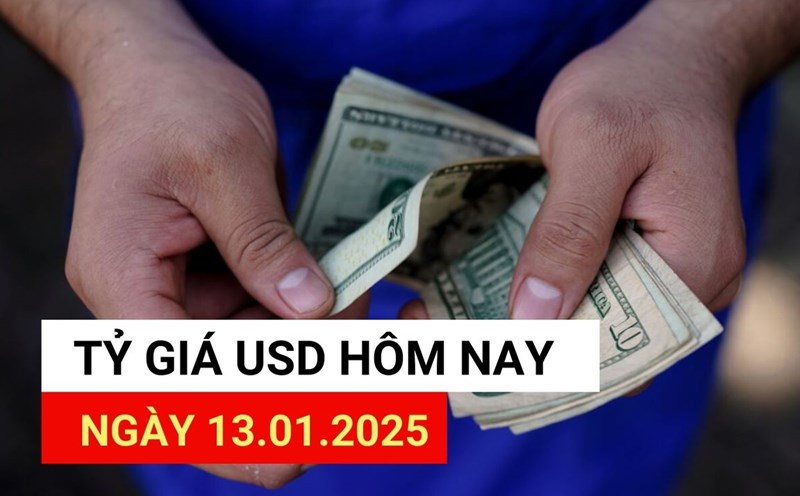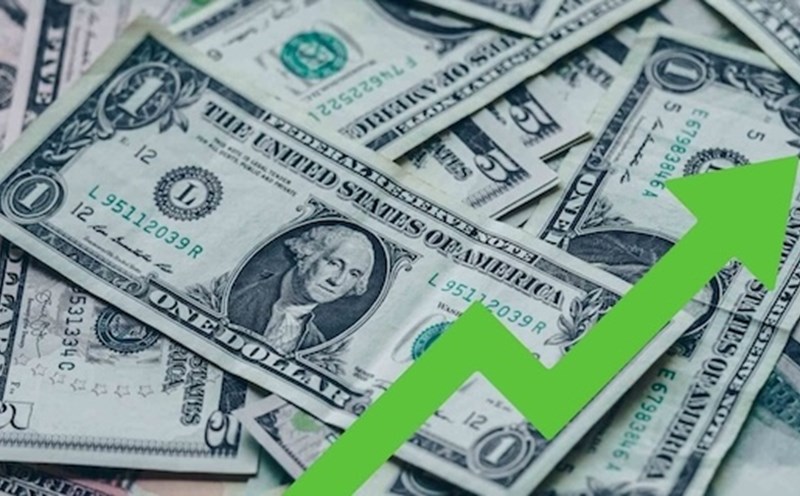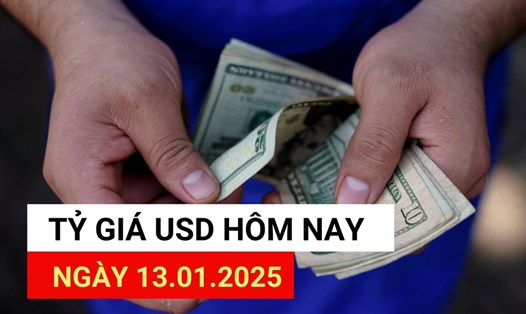Tariff concerns push up dollar
The dollar hovered near a more than two-year high on Tuesday as traders reduced expectations of a U.S. interest rate cut in 2025 following strong economic data, while investor concerns about Britain's finances kept the weak pound in focus.
As President-elect Donald Trump prepares to return to the White House next week, attention is turning to his policies, which analysts say will boost growth but also add to price pressures.
The threat of tariffs, coupled with the Federal Reserve's cautious approach to rate cuts this year, has pushed up US Treasury yields and the dollar, putting pressure on the euro, pound, yen and yuan.
Prashant Newnaha, Asia-Pacific rates strategist at TD Securities, said the market is now shifting its attention to the possibility that the US could gradually increase tariffs.
“The overnight decline in the USD on these headlines suggests that tariff worries have been priced into the market,” said Newnaha, referring to a Bloomberg report that the Trump administration could take a gradual approach to tariffs.
"If this information continues to appear until Trump's inauguration, it is very likely that US Treasury yields and the USD will fall, while US stocks will rise again."
Major currencies face pressure
The euro held steady at $1.02475 in early trading but remained near a more than two-year low of $1.0177 it hit on Monday. The Japanese yen traded at 157.54 yen per dollar, edging further away from a six-month low it hit last week.
The U.S. dollar index, which measures the greenback against six other currencies, rose 0.16% to 109.59, not far from a 26-month high of 110.17 hit on Monday.
The offshore yuan was recently trading at 7.3465 CNY/USD in early trading.
The pound continued to be the focus of global currency traders as UK markets were hit by soaring bond yields. While higher yields typically support the currency, UK analysts say higher borrowing costs could force the government to cut spending or raise taxes to meet fiscal rules, which could hurt future growth.
The pound traded at $1.2211 in early trading after hitting $1.21 on Monday, its lowest since November 2023.
The Australian dollar rose 0.13% on the day to $0.6184, after hitting its lowest since April 2020 on Monday. The New Zealand dollar rose 0.3% to $0.55995, near a two-year low it hit in the previous session.
Forecast on USD trend
After a better-than-expected jobs report on Friday reinforced the Fed's cautious stance on further monetary policy easing this year, investors will focus on the inflation report due on Wednesday.
Traders now forecast a 29 basis point rate cut this year, down from the 50 basis points the Fed predicted in December, when it surprised markets with a cautious approach amid concerns about inflation.
The yield on the benchmark 10-year US Treasury note hit a 14-month high of 4.799% on Monday in volatile trading before easing slightly, currently at 4.7717% in early Asian trade.
ING strategists said the combination of a strong dollar and higher US bond yields is weakening financial flows to the rest of the world and starting to cause problems.
“Using the 2018-2019 tariff period as a template, we expect the USD to remain strong throughout the year,” they said in a report, noting that the most important front in the FX market right now is the dollar/yuan, where the People’s Bank of China (PBOC) is still trying to hold the exchange rate steady despite mounting depreciation pressure.
The PBOC has announced a series of measures to support the weak yuan, including plans to park more US dollars in Hong Kong to strengthen the yuan and improve capital flows by allowing companies to borrow more overseas.











